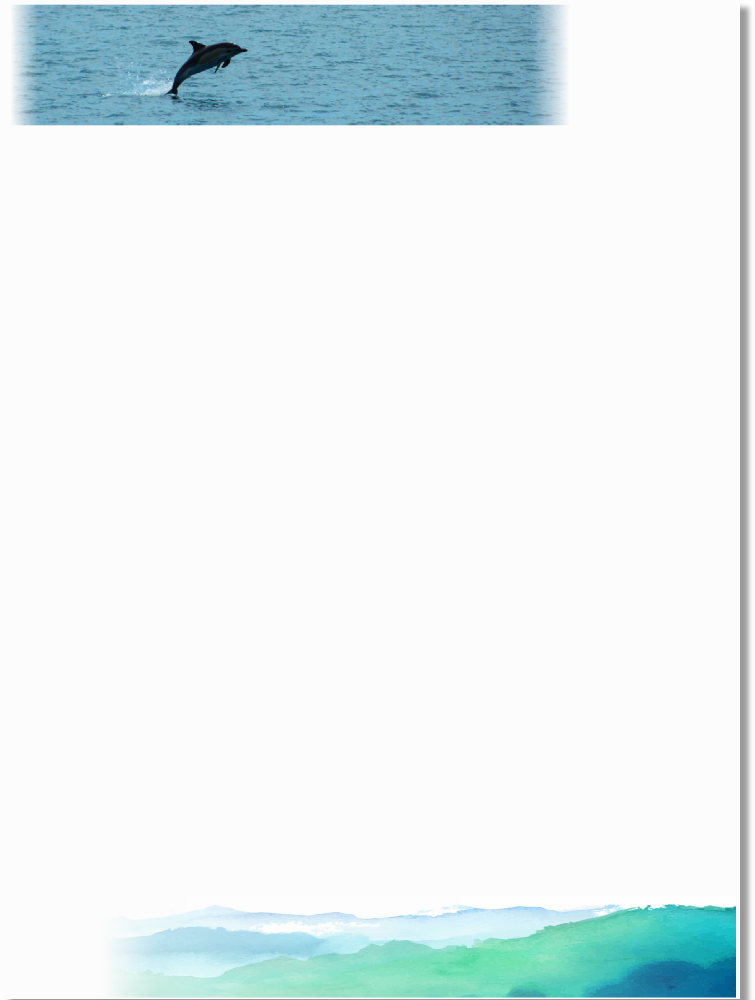



GROUP
Plymouth Field Course 2019
4
Disclaimer: the views and opinions on this website are not necessarily expressed by The National Oceanography Centre or the University of Southampton. They are completely representative of the authors of this website.

Microbial Cell Abundance
Methodology:
OFF-SHORE
3 samples were taken offshore on the RV Callista on 06/07/2019 at the 3rd station (Station 27, 50º06.216N, 04º16.481W), where a deep chlorophyll maximum was observed in the CTD fluorescence data at approximately 20m. The samples were therefore taken at 4.2m (Sample 20), 14.2m (Sample 4), and 22.9m (Sample 14). Unfortunately a 4th sample was attempted at a greater depth but was unsuccessful. Cell fixation was carried out for each sample by adding a determined volume of formaldehyde, as indicated by the protocol, and then refrigerated onboard the ship in the laboratory where they were stored before consequent filtration. Due to the samples being taken on a Saturday, filtration could not be completed until the following Monday, therefore the samples were stored for an extra 24 hours prior to filtering.
Filtration and slide preparation were carried out as per the protocol, where DAPI (Diamidino-2-phenylindole) was added to stain all cells present, meaning they would fluoresce under ultraviolet excitation. The vacuum pressure was set to ~300-400mbar to enable more efficient filtration of samples, and 25ml for samples 20 and 14, and 24ml of sample 4 were the exact volumes filtered. Due to the difference in diameter of the filters and the filtering tower, only about 22mm of the 25mm diameter filter was actually filtered through. After adding the DAPI solution, all samples were incubated for 10 minutes in darkness. Once slides were set up, they were kept in the freezer before being transported to the MBA for epifluorescent microscope analysis.
It was revealed in the epifluorescent microscopy that the DAPI staining of the samples had not been completely successful, therefore making it difficult to accurately quantify the total microbial cell abundance and microbial biomass of the samples. This was possibly due to the extra incubation time before filtration, as formaldehyde can introduce background fluorescence. However, the chlorophyll showed up clearly, allowing chlorophyll containing cellular units to be quantified and indicate values for autofluorescent cells (photosynthetic cells). For each sample, 5 images were taken at random places under a 63x magnification, and were then colour corrected and processed using Image J. Finally, chlorophyll containing cells were counted in each image, averaged for each sample, and using the filtered area and count area, the total number of cells could be estimated, as well as the mean cells per ml.
Sample 20, from a depth of 4.2m, had an average cell count (per image) of 19.6 ±8.0, an N value (total estimated cells per filter) of 12648.5, and mean cells per ml of 505.9. Sample 4, from a depth of 14.2m, had the highest average cell count (per image) of 28 ±4.2, an N value of 18069.3, and mean cells per ml of 752.9. Finally, Sample 14, from a depth of 22.9m, had an average cell count (per image) of 17 ±4.7, an N value of 10970.7, and mean cells per ml of 438.8.
Due to the deep chlorophyll maximum observed with the CTD data, it was expected that
the highest chlorophyll cell count would be seen at the 22.9m sample. However, the
highest chlorophyll count actually occurs at 14.2m. It could be that the 22.9m sample
(Sample 14) may have just missed the deep chlorophyll maxima and been taken below
it, and therefore it would make sense that the chlorophyll cell count increases from
4.2m to 14.2m. If the deepest sample had been successfully collected at this station,
we would expect to see a further decrease in chlorophyll containing cellular units.
The
rather large range of standard deviations indicate that it may have been beneficial
to take more images from each sample, in order to not have single data points largely
affecting the overall values. There was also a slight issue of bias when selecting
where to take images, as it was hard not to get carried away with what we could actually
see, but we worked to fix this as we took more images.
Results:
Rollover Figures to see captions